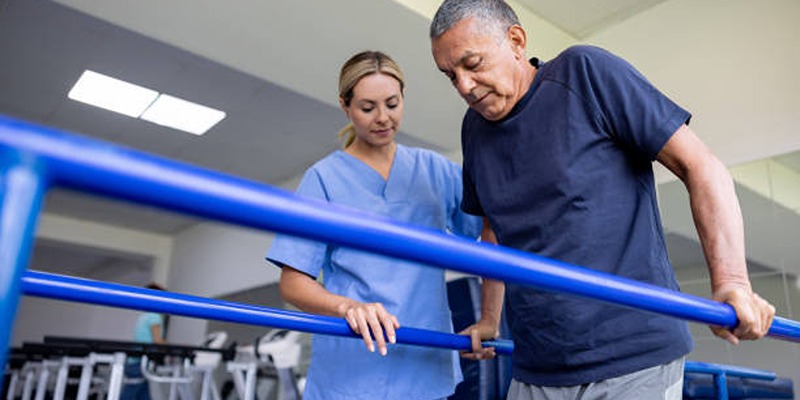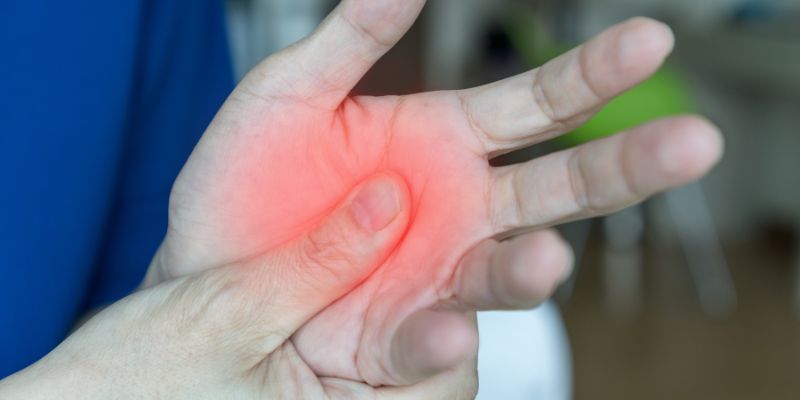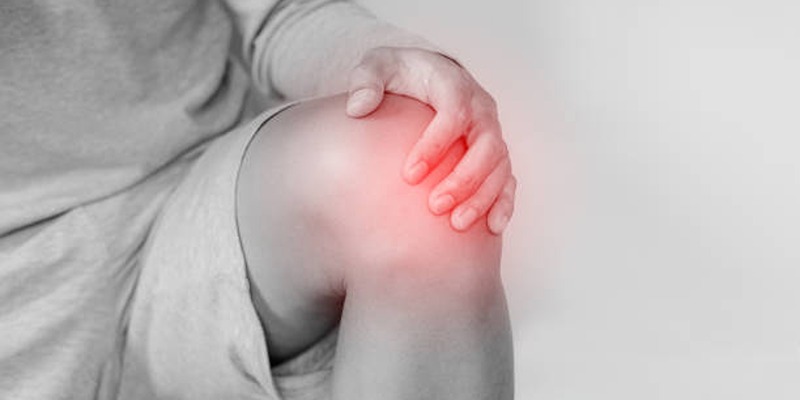Recognizing the Warning Signs of Orthostatic Intolerance
Orthostatic intolerance is a condition when the body is not capable to respond to the change in the positioning of the body, the patient may experience dizziness or even faint. These symptoms often cause a lot of distress and may interfere with normal daily functioning as well as well-being. It is especially important for patient who has increased risk of developing PVD or single patient who sees unfamiliar sensations on standing. Knowing the symptoms and possible causes of the disease can help you learn how to cope with the condition better and when you need to see a doctor.
Underlying Causes

Orthostatic intolerance can stem from various underlying factors. Gaining insight into these causes is key to proper management and treatment.
Neurological Conditions
Some neurological disorders like autonomic neuropathy or multiple system atrophy occur and affect the working of autonomic nervous system. It disrupts their normal blood pressure and circulation making the patients dizzy as if they are going to faint when getting up. These conditions almost always need specific medical treatment to treat the causes adequately.
Medications
Diuretics, blood pressure medications, or antidepressants may cause orthostatic intolerance as an unwanted side effect. These drugs can alter the body’s circulation, hence leading to falls in blood pressure. This is an area that can be prevented with the help of consulting your health care provider regarding your current lines of medication treatments and discussing with him or her your options for a different treatment line whenever it is necessary.
Prolonged Bed Rest
Extended periods of immobility or bed rest can weaken the cardiovascular system and impair the body’s ability to adapt to postural changes. This lack of activity can lead to muscle deconditioning and reduced circulatory efficiency. Gradual physical conditioning and rehabilitation can help restore normal function and alleviate symptoms.
Heart Conditions
Certain heart conditions, such as arrhythmias or heart valve disorders, can impede proper blood flow, making it harder for the body to adjust to standing. These conditions often require thorough evaluation by a cardiologist, and treatment may involve medications or procedural interventions to improve heart function.
Risk Factors
Lifestyle and underlying health conditions significantly influence the likelihood of developing orthostatic intolerance.
Dehydration
Dehydration reduces the blood volume, making it harder for the body to maintain stable blood pressure when moving to an upright position. Lack of sufficient fluids hampers circulation and may cause dizziness, fatigue, or even fainting when changing positions.
Age
Older adults are more prone to orthostatic intolerance due to age-related changes in baroreceptor function and vascular elasticity. These physiological changes decrease the effectiveness of the body's mechanisms to regulate blood pressure, especially during postural shifts.
Chronic Illnesses
Conditions such as diabetes, neuropathy, or cardiovascular disorders can disrupt the autonomic nervous system. These disruptions compromise the body's ability to regulate heart rate and blood pressure, increasing the risk of orthostatic intolerance.
Diagnosis
Diagnosing orthostatic intolerance involves a careful combination of medical history evaluation, symptom tracking, and specific diagnostic tests. Physicians often begin by reviewing a patient's symptoms and any noticeable triggers, such as changes in posture or hydration levels. The tilt-table test is a commonly used diagnostic tool; it monitors heart rate and blood pressure as the patient is gradually tilted to an upright position while lying on a specialized table.
Blood tests may also be conducted to identify underlying issues like anemia or electrolyte imbalances. Early and accurate diagnosis is crucial, as it helps healthcare providers better understand the root causes and tailor a treatment plan suited to the individual.
Treatment and Management
Treatment and management of such conditions involve a variety of approaches tailored to the patient's specific needs. Below are some key strategies for effective treatment:
Lifestyle Modifications
Making changes to daily habits can significantly improve symptoms. Staying well-hydrated, maintaining a balanced diet, and consuming adequate salt (if advised by a healthcare provider) are simple yet effective measures. Regular, low-impact exercise, like walking or swimming, can also help improve circulation and overall fitness, reducing the frequency of symptoms. Avoiding triggers such as prolonged standing or rapid changes in posture is another essential aspect of management.
Medications
Depending on the underlying cause, medications may be prescribed to regulate blood pressure, improve blood flow, or address specific symptoms like dizziness. For example, beta-blockers or fludrocortisone are commonly used in some cases to stabilize blood pressure levels. Patients must work closely with their healthcare provider to monitor the effectiveness of these treatments and adjust dosages as necessary.
Therapeutic Interventions
Certain therapeutic approaches, like physiotherapy, can be incorporated to strengthen muscles and improve posture. Compression stockings are often recommended to enhance blood flow and reduce pooling in the lower limbs, which can often trigger symptoms. Additionally, tilt-training exercises may be practiced under professional guidance to improve the body’s tolerance to upright positions over time.
Continuous Monitoring and Follow-Up
Ongoing medical supervision is crucial for tracking progress and making necessary adjustments to the treatment plan. Regular follow-up appointments help assess the effectiveness of current interventions and ensure that any new or worsening symptoms are promptly addressed. This holistic and adaptive approach can lead to significant improvements in quality of life.
Living with Orthostatic Intolerance
Living with orthostatic intolerance requires proactive coping strategies and strong support systems. Simple adjustments, like using compression stockings or elevating the head of the bed, can make daily activities more manageable. Pacing oneself and avoiding prolonged standing are helpful preventive measures. Emotional support is equally vital connecting with support groups or communities allows affected individuals to share their experiences, find resources, and feel less isolated.
Maintaining a positive outlook and being open to seeking help when needed can significantly influence one's mental and emotional well-being. With the right management strategies, individuals can lead fulfilling lives despite the challenges of orthostatic intolerance.
Conclusion
Orthostatic intolerance, while challenging, is a condition that can be effectively managed with the proper care and strategies. Continued research into understanding its underlying causes and developing targeted treatments holds promise for advancing patient outcomes. Advocacy and awareness are also instrumental in ensuring earlier diagnoses and better access to resources for those affected. By fostering a collaborative effort among healthcare providers, researchers, and patient communities, there is hope for further progress.












